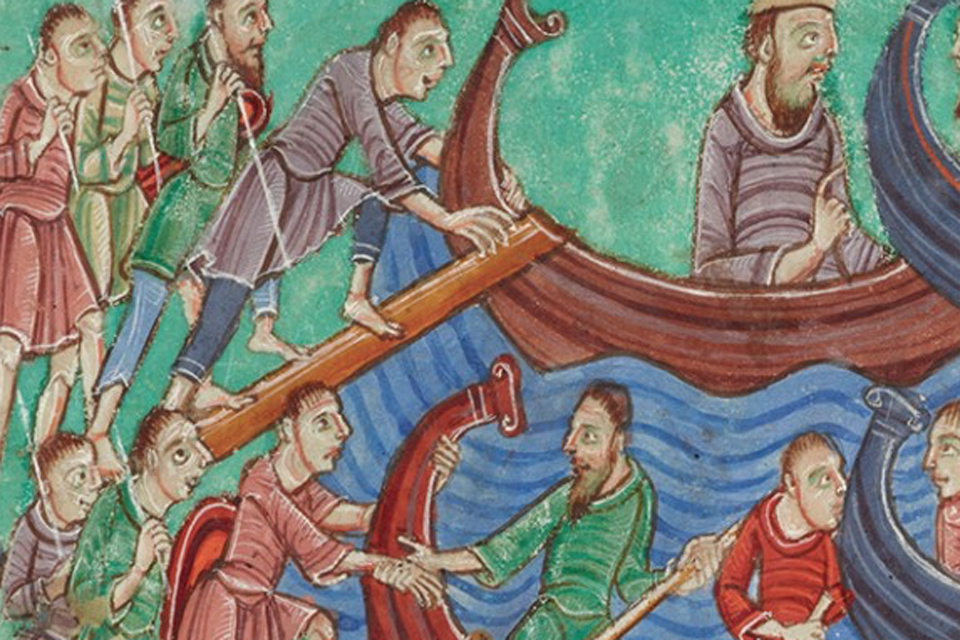Chronicles, hagiographies, and charters tell us different stories of the character and the identity of the Vikings. By comparing the evidence from both England and Normandy, a new book introduces the reader to the complex ways in which Scandinavian heritage was used strategically to cement local politics.
Heirs of the Vikings. History and Identity in Normandy and England, c. 950 – 1015
by Katherine Cross
York Medieval Press 2018
ABSTRACT:
Viking settlers and their descendants inhabited both England and Normandy in the tenth century, but narratives discussing their origins diverged significantly. This comparative study explores the depictions of Scandinavia and the events of the Viking Age in genealogies, origin myths, hagiographies, and charters from the two regions. Analysis of this literary evidence reveals the strategic use of Scandinavian identity by Norman and Anglo-Saxon elites.
Countering interpretations which see claims of Viking identity as expressions of contact with Scandinavia, the comparison demonstrates the local, political significance of these claims. In doing so, the book reveals the earliest origins of familiar legends which at once demonize and romanticize the Vikings – and which have their roots in both Anglo-Saxon and Norman traditions.
TABLE OF CONTENTS:
Introduction: The Problem of a Viking Identity
Genealogy: Building a Viking Age Dynasty
Origin Myths: A People for a Dynasty
Hagiography I: Ruin and Restoration
Hagiography II: Saintly Patronage
Charter Narratives: Normans, Northumbrians and Northmen
Conclusion: Viking Age Narratives and Ethnic Identities
Appendix 1: The Date of Fulbert’s Vita Romani
Appendix 2: The Dates of the Latin Vita Prima Sancti Neoti and the Old English Life of St Neot
Bibliography
FEATURED PHOTO:
Miscellany on the life of St. Edmund, England, ca. 1130. Morgan Library and Museum

